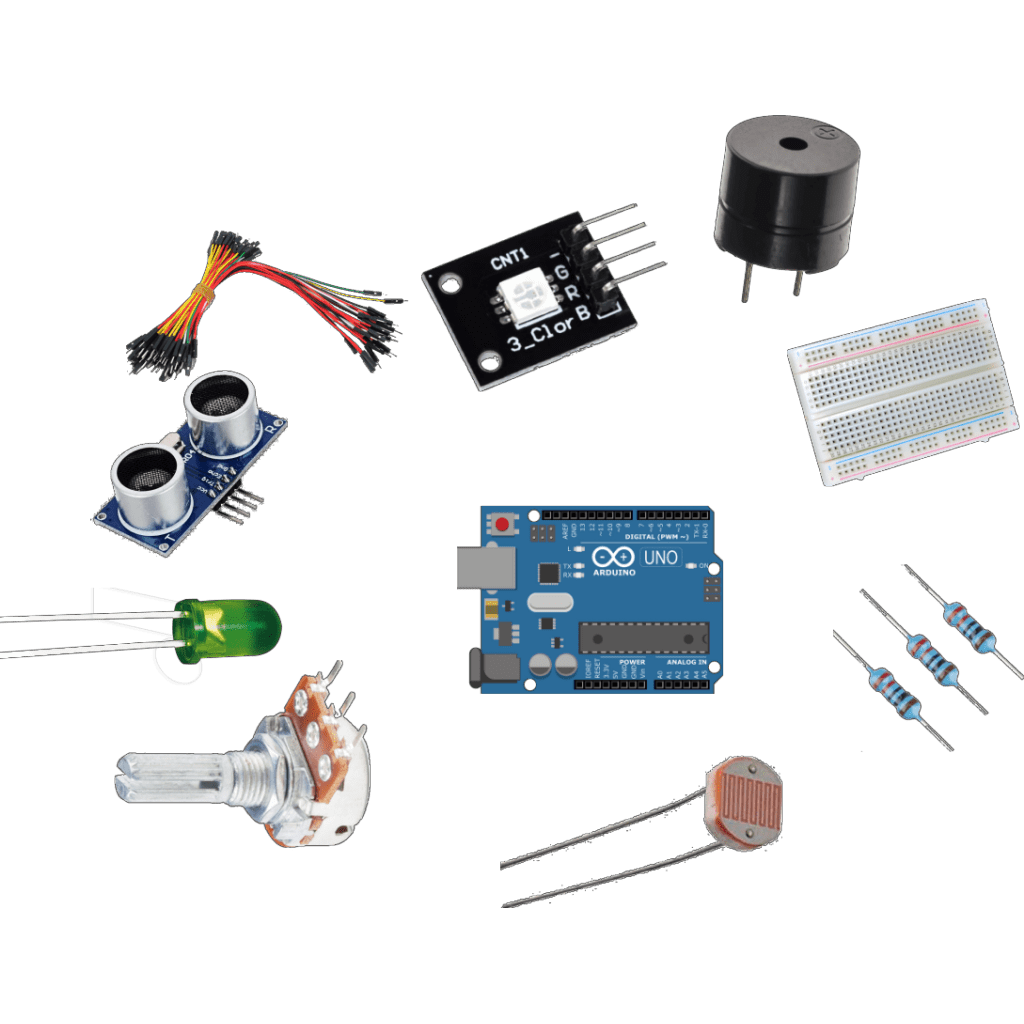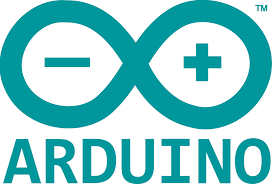Arduino is a convenient, flexible, and easy-to-use open-source electronic prototyping platform. It includes hardware (various models of Arduino boards) and software (Arduino IDE). Why do we say it has open-source characteristics? The term “open source” refers to something designed to be publicly accessible, allowing people to modify and share it. Arduino is a platform for everyone; as long as you grasp the logic and language of Arduino, you can use it to realize your own concepts and ideas.
The hardware part of Arduino can work independently or in conjunction with external hardware devices. For example, using Arduino with various sensors (ultrasonic sensors, photoresistors, temperature and humidity sensors, sound sensors, pH sensors, etc.) to perceive the environment. We can also use Arduino to control servos for driving robotic arms, robots, and drones. The lighting effects of Arduino are quite good, and we can use these hardware components for project creation. There are many experimental videos of Arduino on YouTube, and many experts have conducted different tests, which are excellent learning resources. Overall, Arduino is like our little assistant, helping us complete our inner ideas and achieve project outcomes.

